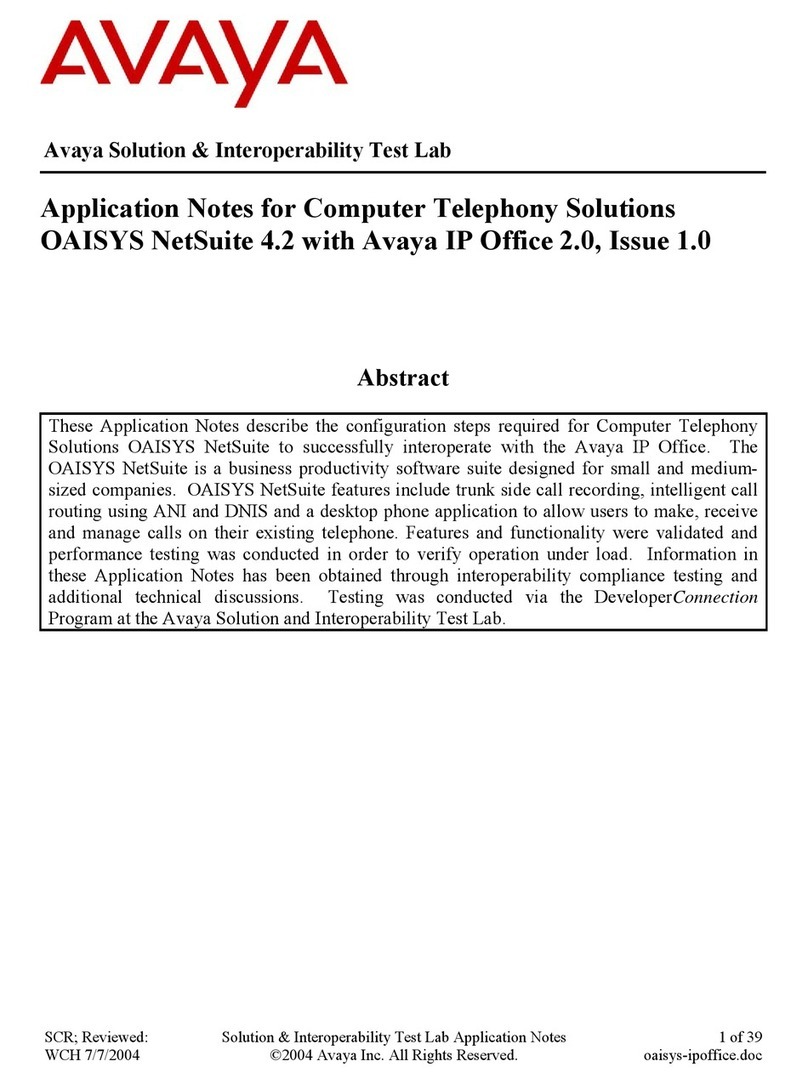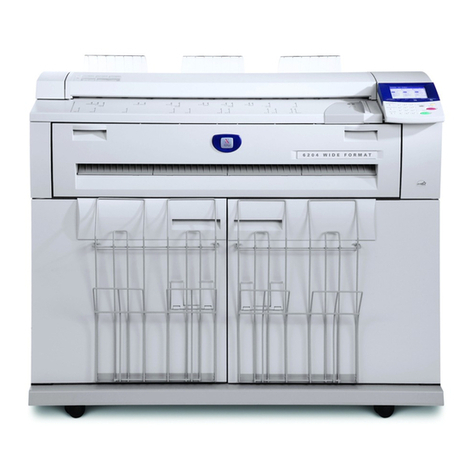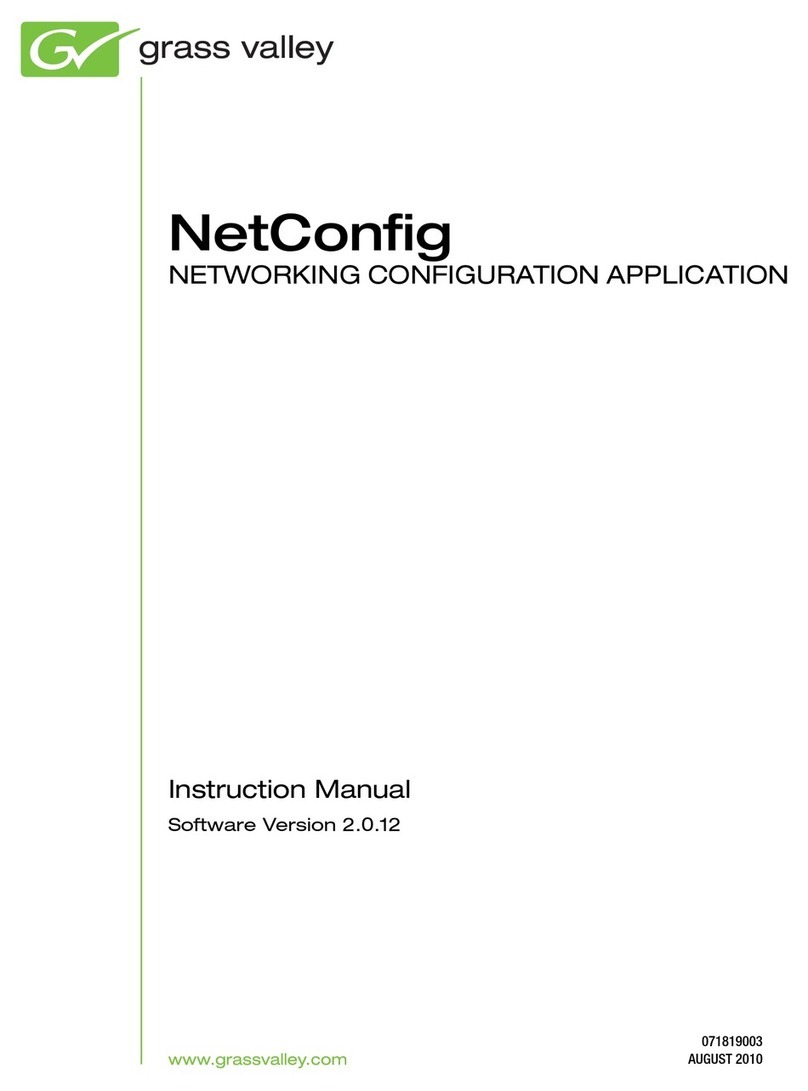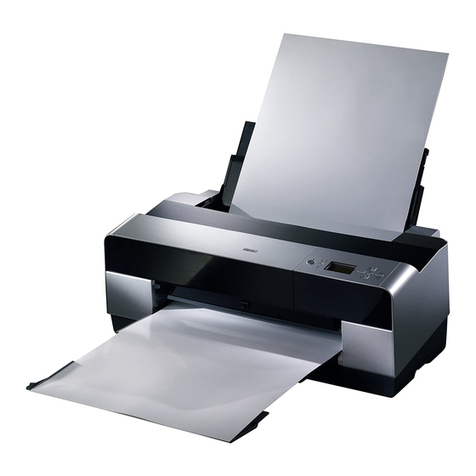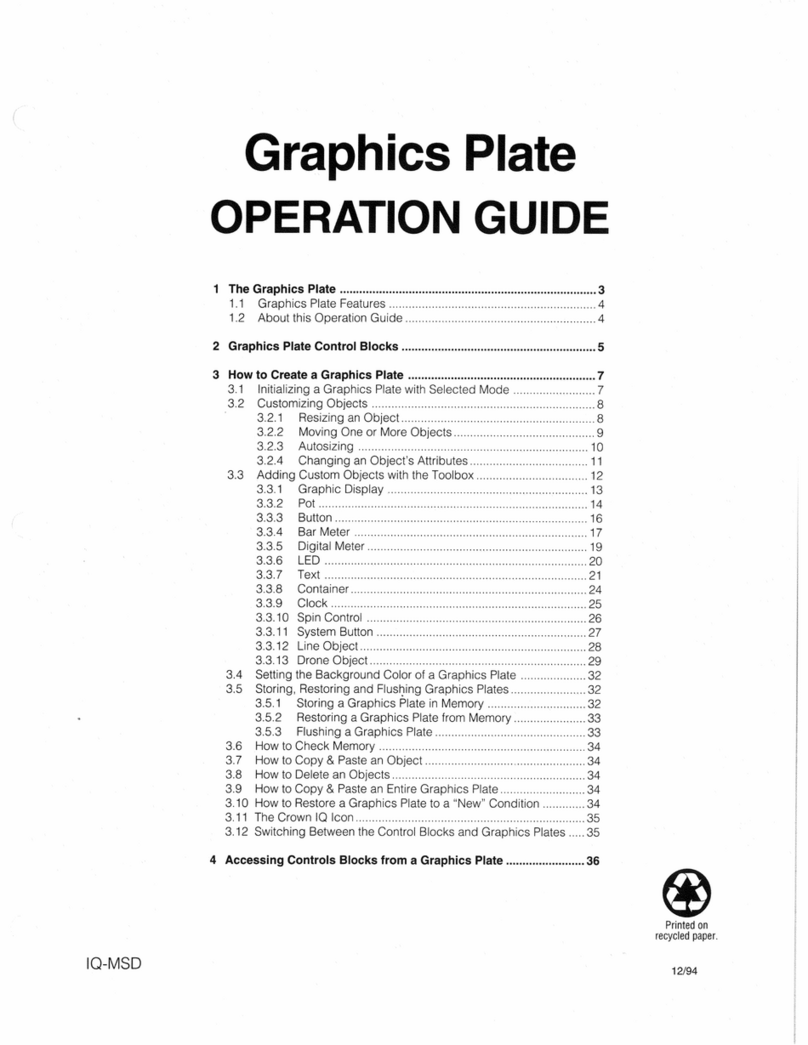
Mixer/Multiplexer Control Panels .................................................................................................................. 3
Mixer/Multiplexer Control Panel ................................................................................................................ 3
The Mixer/Multiplexers .............................................................................................................................. 3
MPX-6 .................................................................................................................................................... 3
SMX-6 .................................................................................................................................................... 3
AMB-5 .................................................................................................................................................... 4
Controls ..................................................................................................................................................... 5
Standard Controls .................................................................................................................................. 5
Mic/Line Controls................................................................................................................................ 5
Mic/Line input.................................................................................................................................. 5
PRELIMINARY
Net input gain.................................................................................................................................. 5
Input Level ...................................................................................................................................... 5
Input Label ...................................................................................................................................... 6
Output Label ................................................................................................................................... 6
Data LED............................................................................................................................................ 6
Aux Out .............................................................................................................................................. 6
Aux In ................................................................................................................................................. 7
Bus ..................................................................................................................................................... 7
Auto .................................................................................................................................................... 7
Output level meters ............................................................................................................................ 7
Toolbar ............................................................................................................................................... 7
User Labels ........................................................................................................................................ 8
"Auto" control access ......................................................................................................................... 8
"Auto" Controls....................................................................................................................................... 8
"Auto" Control Pages.......................................................................................................................... 8
Active "Auto" functions ....................................................................................................................... 9
Gate.................................................................................................................................................. 10
Duck Priority ..................................................................................................................................... 11
Input Compressor/Limiter................................................................................................................. 11
Auto-level ......................................................................................................................................... 12
Output Compressor/Limiter .............................................................................................................. 13
Gate Count ....................................................................................................................................... 14
Crown Local Net............................................................................................................................... 15
Ambience ......................................................................................................................................... 16
Page 2 of 18 ©2002 by Crown Audio Inc.

